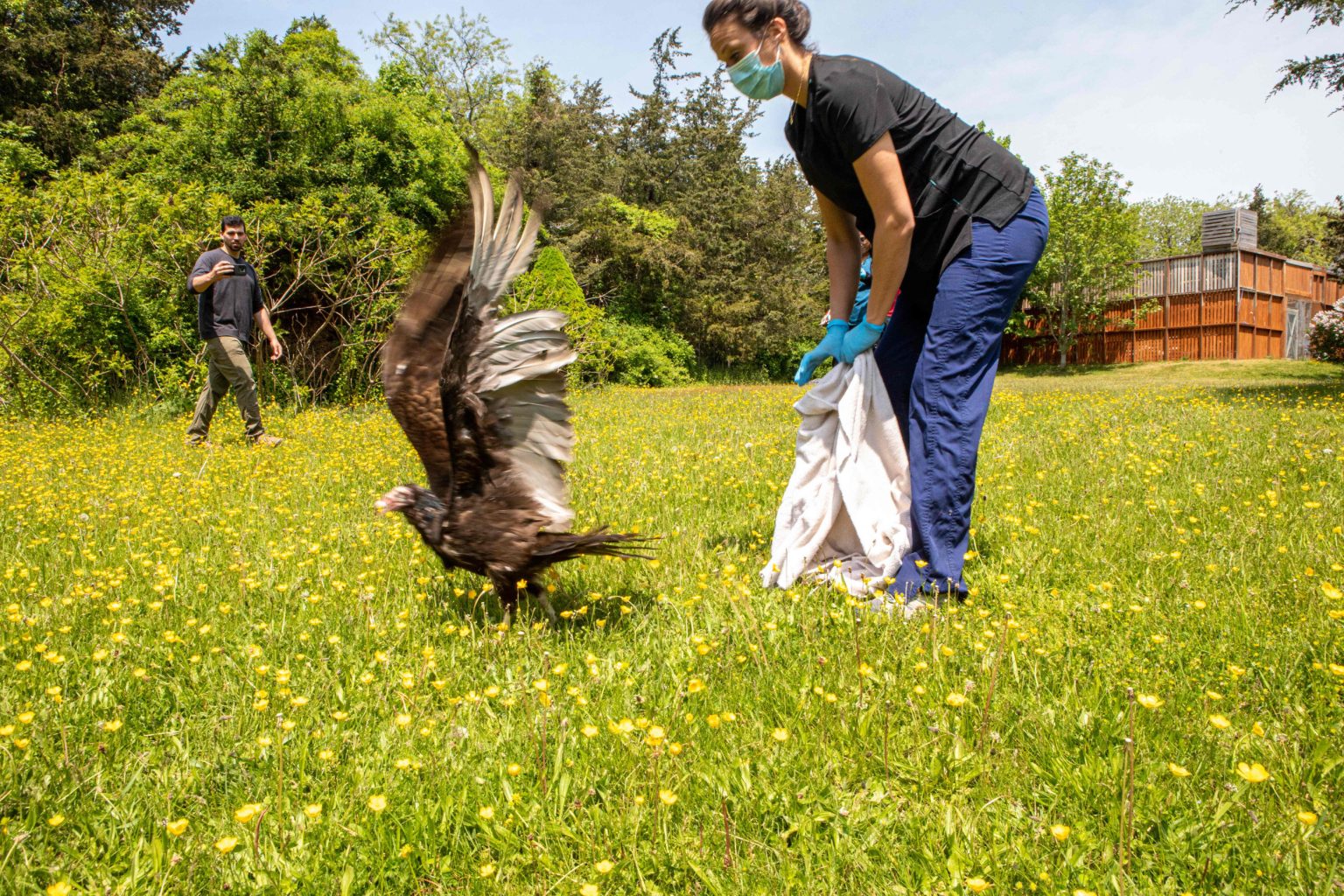The Centers for Disease Control and Prevention (CDC) recently reported a second case of a dairy worker contracting the H5N1 virus from dairy cows in Michigan, adding to the previous case in Texas and one case in a poultry worker in Colorado. While the virus has been detected in humans, the risk it poses remains low, with symptoms limited to conjunctivitis in the two recent cases. The agency suggested that exposure to contaminated fluids from infected animals may have caused the infections, emphasizing the importance of precautions for individuals with close contact to infected or potentially infected animals.
A veterinary technician released a turkey vulture back into the wild after recovering from the avian flu, highlighting the efforts to combat the virus. The CDC noted that there has been no unusual influenza activity in people beyond the reported cases, maintaining that the current human health risk assessment for H5N1 remains low. However, with ongoing outbreaks among dairy cows and poultry, the agency stressed the importance of continued surveillance and recommended precautions for individuals at higher risk of infection due to prolonged exposure to infected animals or contaminated environments.
In response to the recent cases, the CDC urged flu surveillance programs to operate at enhanced levels to monitor for potential human infections during the upcoming summer season. The spread of infections on dairy and poultry farms has led to an increased focus on prevention and control measures to mitigate the risk of further transmission. The map provided by the CDC showed the locations of this year’s H5N1 human infections in Texas and Michigan, as well as the previous case in Colorado, alongside the affected states with outbreaks among dairy cows.
The outbreak of H5N1 among dairy cows has expanded to nine states, including Texas, Michigan, Ohio, North Carolina, Kansas, South Dakota, Idaho, Colorado, and New Mexico, with a total of 52 herds believed to be affected. Poultry infections have been reported in 48 states and 524 counties, impacting over 90 million birds. The CDC also found the bird flu in tests of 9,352 wild birds, underscoring the widespread nature of the virus among avian populations. Continued efforts to monitor, prevent, and control the spread of H5N1 are essential to safeguard public health and prevent further transmission to humans and animals.


